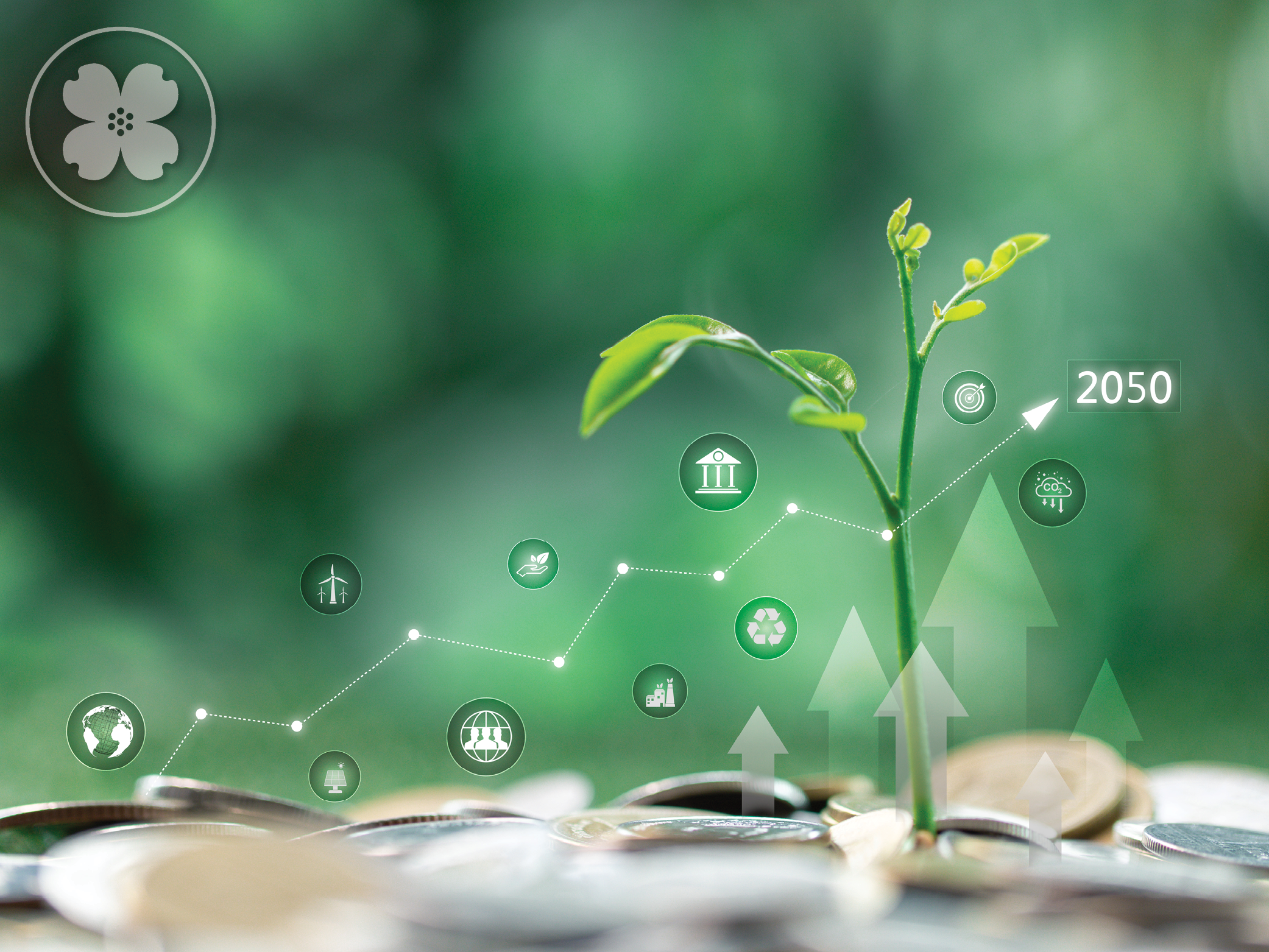May saw markets rebound as tech and consumer stocks surged, offsetting bond losses and debt concerns. International equities outpaced U.S. gains, while gold cooled but remained a top performer.

By Zechariah Shown, CIMA®, RMA® – Vice President & Portfolio Manager
What is A Risk Factor?
One of the best – and most important – ways to think about investing through different stages of life is to think through the lens of risk. Risk profiles change throughout life, and different types of risks become more pertinent than others in different seasons. Market risk, the risk that a market like the stock market will move down at any given point in time, gets most of the attention, but there are other risks to be concerned with. Think of inflation, the movement of interest rates, or the drag created by tax inefficiency.
What is Sequence-of-Returns Risk?
As a person transitions from accumulating wealth to trying to live on their accumulated wealth, one risk becomes keenly relevant. The proper name for this risk is Sequence-of-returns Risk, and here is how it works. If we have a certain amount of wealth invested, and the value of those investments drop, the drop hurts but is not necessarily the death knell for our portfolio. There is a good chance the portfolio will recover over time. So long as we are patient, there is no need to panic. The problem arises when we need to take funds out of that portfolio, such as a distribution to cover living expenses. Now, we have an issue that presents a real challenge to the portfolio going forward.
If the value of our investments drops and then we take money out, the money left in the portfolio must work much harder, not only to make up for the drop in value but also the distribution. This can put future distributions at risk and raise the chances that we will outlive our money. Simply put, when we are not taking any money from a portfolio, the order of returns doesn’t matter to the end result. When we take withdrawals from a portfolio, then the order in which the returns happen matters a lot. This is sequence-of-returns risk.1
How Can I Manage Risk?
While this risk is present throughout a person’s life, it is particularly acute when people are transitioning from the working phase of life to the next phase of life. Like every kind of investment risk, though, there are things we can do to manage it.
What are Some Strategies for Sequence-of-Returns Risk?
Bond Ladders
Buying securities which mature when cash flow needs are anticipated is a strategy called laddering. This can be done using individual bonds, CDs, or funds which have specific maturity dates such as iBonds from iShares or BulletShares from Invesco. As a rule of thumb, this approach should cover 5 to 10 years of anticipated spending. This should give your spending enough runway, so to speak, to avoid the possibility of having to withdraw funds in a down market.
Be Flexible With Your Spending
sequence-of-returns-risk is particularly present when we try to spend a set inflation-adjusted amount. Instead of a set spending amount, consider a percentage approach. For instance, instead of planning to withdraw $25,000 per year from your portfolio, you could plan to keep withdrawals to 4% of the portfolio. In years when risky investments are down, spending less will minimize sequence-of-returns risk.2
Maximize Other Sources of Income
According to data from the Social Security Administration, almost 50% of men and over 50% of women elected to start taking Social Security benefits before their Full Retirement Age (FRA) in 2022. While there is no one right strategy for everyone, for most people, waiting to take social security leads to a higher lifetime benefit. Talk with an advisor about which age will help you maximize your benefits.3
- Cotton, D. (2015) Sequence-of-returns Risk: A New Way of Looking at Spending or Saving Scenarios with Path Dependence. The Retirement Management Journal. Volume 5, Number 1
- Pfau, W. (2013) You Can’t control When You’re Born….Revisiting Sequence of Returns Risk. Retirement Risks.
- These numbers come from data provided by the Social Security Administration, and can be found here: https://www.ssa.gov/policy/docs/statcomps/supplement/2023/6b.html#table6.b5


